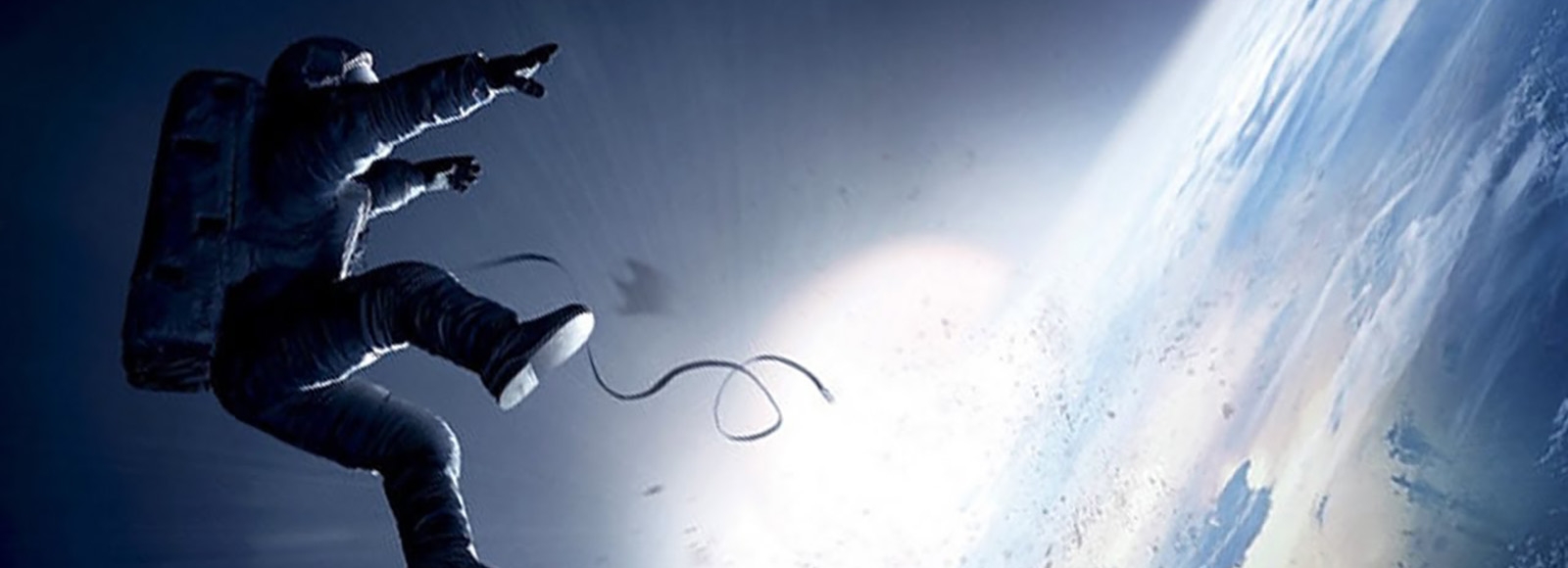
Duncan Ransom
Duncan Ransom completed a Bachelor of Fine Arts (Animation/Film).
He is the founder and CEO of The Endless Collective, a virtual reality production house based in New York City.
- 2014 Academy Award Winner VFX for Gravity as part of Framestore, London
- 2014 Academy Award Winner Cinematography for Gravity as part of Framestore, London
- Character/Creature Animator, Frameston CFC including work on features: Edge of Tomorrow, 47 Ronin, Gravity and Clash of the Titans
- Senior 3D Story Artist, Frameston CFC (London)
- Character/Creature Animator, MPC
- Freelance Animator
- Lead Animator, Ambience Entertainment
- Lead Animator, Flying Bark Productions
- Animator, The Lab
- 3D Generalist, ADG Creative
- 3D Generalist, Rising Sun Pictures (rsp)
- Animator
UNSW Art & Design Grad wins an Academy Award on Gravity
The category of Visual Effects (also called by the Academy - Engineering Effects, Special Effects, and Best Special Visual Effects) is a cornerstone of the moviemaking experience. When asked about how he judged award-winning visual effects, Randall Smith, who’s the special effects supervisor on Game of Thrones at Pixomondo, said of this Academy Award selection, “First, I’m looking for accuracy and photorealism; visual effects so realistic that the viewer accepts what they are seeing, and their disbelief is momentarily suspended. Secondly, I’m looking for pure, artistic expression. The best effects stand out when the artists aren’t held back by the limitations of a cost-effective solution, and instead aim towards new discoveries within their art. Last, and most importantly, the measure of great effect will always be its success in storytelling.”
So what of a film that producers were told could not be made because it would be technically impossible? This is the feedback producer, David Hayman, and director, writer and producer, Alfonso Cuarón, were given when they first pitched the idea of making a film about survival in space. The film, Gravity, would eventually win Academy Awards for visual effects, cinematography, film editing, original score, sound editing and sound mixing, plus the best director award for Cuarón.
But at the time of writing the script, Cuarón admits, he was not thinking about how he was going to overcome the technical challenges of making a film in a place impossible to visit. He was instead more interested in telling a story and then developing the right technology to enable to story to come to life. (After the film was made he commented, “I have to say, I thought it was going to be much simpler.”)
And so the pressure was on those able to simulate weightlessness and the physics of space whilst in fact never leaving Earth. The job fell to cinematographer, Emmanuel Lubezki, and effects supervisor, Tim Webber and their extraordinary and numerous skilled teams. Just to give an idea of how many people it takes to make a movie about disaster unfolding in space both convincing and visually powerful – Gravity’s art department employed 84 people as concept artists, 3D modellers, prop modellers, scenic artists, draughtsmen, and illustrators; 28 people worked specifically on special effects; and a whomping 668 people contributed to the visual effects of the film in areas including simulation artists, compositors, rotoscope artists, systems engineers, cg effects artists, simulation artists, rigging leads and stereographers.
One member of the team was Duncan Ransom, a graduate from UNSW Art & Design, who was 26-years-old when he was first employed on the set of Gravity. He worked as an animator in the Visual Effects department with a group of other creatives from Framestore, London. Like everyone working on the film, he gave four and a half years of his life to make what many people on the set thought was impossible. Duncan says, “What we were trying to do was insanity.” Lead actress in the film, Sandra Bullock admitted in an interview with the Guardian in 2014, “We had no idea if it would be a success.” And in this same interview even Cuarón said, “Every day we thought - ‘This is not going to work.’”
The film was designed around extremely long duration shots that were at the insistence of Cuarón to be very fluid and lasting between 3 and 12 minutes in length. For Visual Effects specialists like Ransom this meant solving many problems through invention.
Lead by Webber, the Visual Effects team had to develop a technology that would place the actors inside an enormous steel-framed cube of light containing three main elements; a robot moving the camera; a light box moving the light; and a tilt-rig to move the actors. Each of these elements was imagined and built on set. There were many trials and errors in the process of achieving what Cuarón describes as “performances of pure expression”, or the actors appearing to float or tumble through space without any reference to the tension of the rigs being noticed.
But it did work and in the words of Nikki Penny, Gravity’s Executive Producer, the film “raised the bar in the world of visual effects and CG and animation” - beautifully simple on the surface and hugely complex in the making.
Ransom says the best things for him, aside from winning an Academy Award, was “looking amongst your peers and knowing you did it together.”
